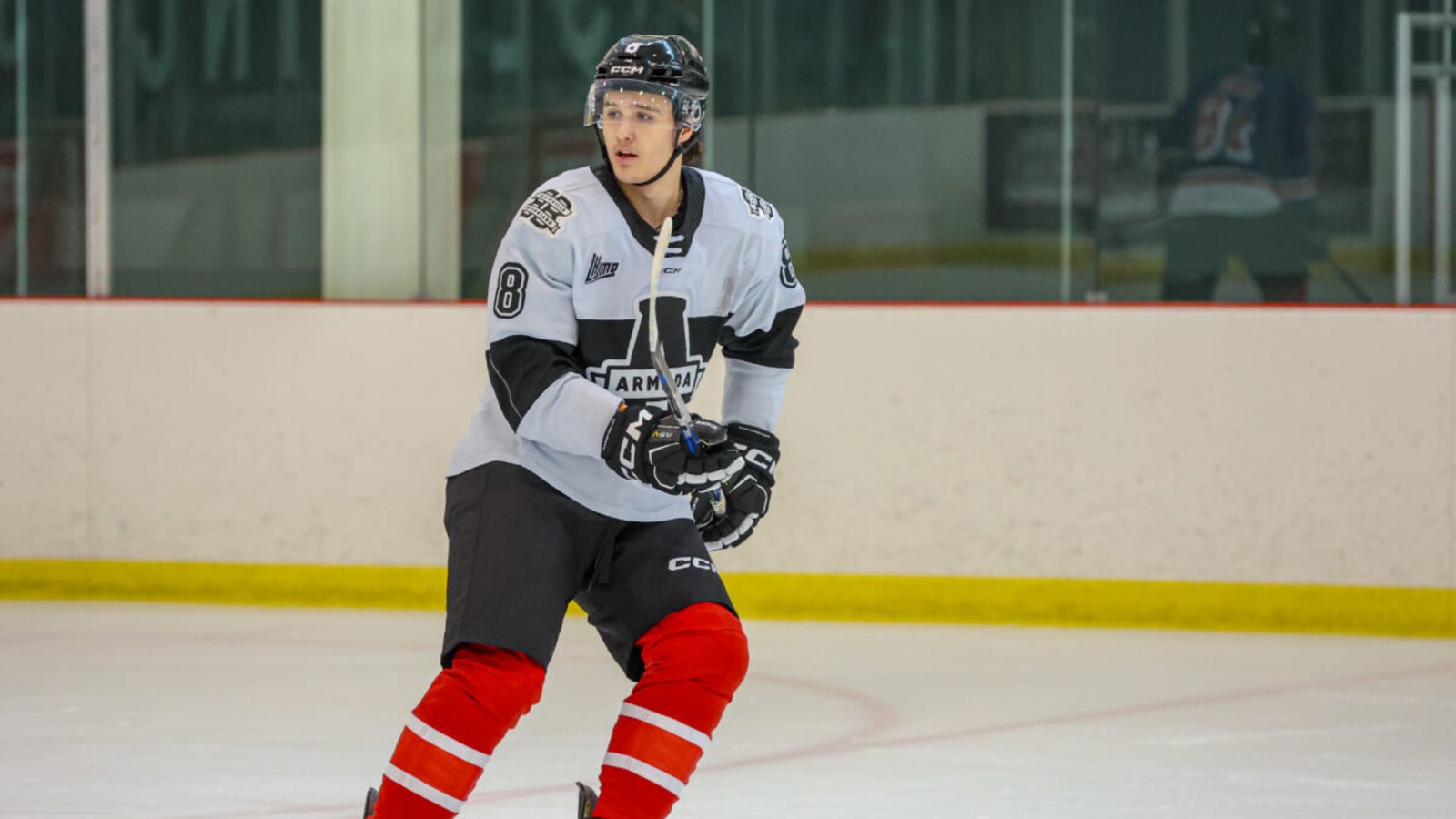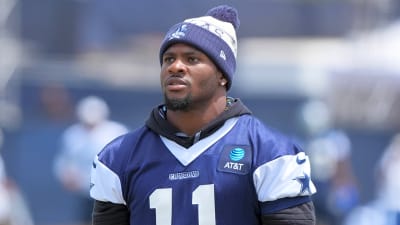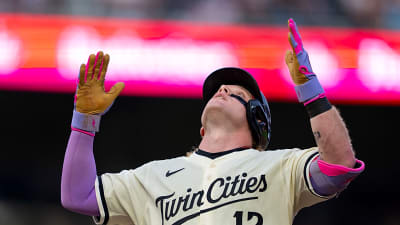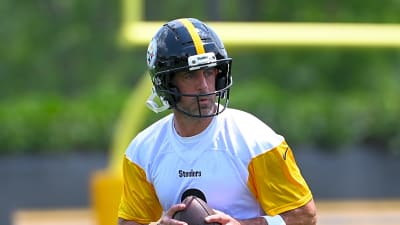
The St. Louis Blues selected winger Justin Carbonneau in the 2025 NHL Entry Draft. Carbonneau, who’s already been considered one of the potential steals of the draft by many reporters around the league, showed out during development camp, but the decision of where he’ll play this upcoming season loomed large over his head. After multiple conversations with his family, friends and coaches, he made the decision to go back to the Quebec Maritimes Junior Hockey League (QMJHL). And although his loyalty to his junior team is admirable, this move stunts his development in terms of becoming NHL-ready.
The QMJHL Is the Least Efficient Route
The QMJHL has long been regarded as one of Canada’s three major junior leagues, and while it’s produced elite talent—names like Sidney Crosby, Nathan MacKinnon, and Patrice Bergeron come to mind—it’s also faced heavy scrutiny for its developmental shortcomings. For every breakout success story, there are dozens of highly touted prospects who struggle to adapt once they leave the league. The reason? The QMJHL, while high-scoring and highly skilled, often lacks the defensive structure, physical maturity, and overall pace that more accurately simulates NHL conditions. Players thrive offensively, but they’re not always pushed in areas like positioning, physical endurance, or reading complex systems. For someone like Carbonneau, who’s still in the early stages of his hockey career, this path may offer early confidence and flashy stat lines—but it can also come at the cost of slower adaptation to the demands of pro-level hockey.
In comparison to other development routes, the disparity becomes clearer. The Kontinental Hockey League (KHL) is essentially a professional league, filled with seasoned veterans who bring size, speed, and tactical discipline. Competing in the KHL forces young prospects to adjust quickly or risk falling behind, making it arguably the most NHL-like setting outside North America. Next in line is the NCAA, where players often stay longer, train harder, and face older competition—college hockey demands both mental and physical maturity.
The Western Hockey League (WHL) and Ontario Hockey League (OHL) also tend to rank above the QMJHL in terms of two-way structure and pro-level preparation. In contrast, the QMJHL often resembles more of a free-flowing, offensively driven league that doesn’t prepare its athletes adequately for the transition to the next level. That’s not to say players can’t succeed from the Q, but for those with NHL aspirations, the margin for error is thinner—and the burden of proving their all-around game, much heavier.
By going the route of the QMJHL, the chances of Carbonneau making an immediate impact at the NHL level become significantly slimmer. The gap between the style of play in the juniors and the demands of the NHL is wide, and that learning curve can delay a young player’s rise to success. The QMJHL simply doesn’t prepare players for the same physicality, speed, and tactical rigor that they’ll encounter in the pros.
For a player like Carbonneau, who may be offensively gifted, the lack of exposure to systems-heavy hockey and mature defensive play could slow down his ability to adapt quickly once he leaves junior. He wants to be a player who has skill; he wants to play a 200-foot game, but being in the system that he is currently in, he won’t be able to capitalize and maximize his growth to bridge the gap between the Q and the NHL.
You don’t have to look far for a real-world example—take Zachary Bolduc. A 2021 first-round pick by the Blues, he dominated offensively in the QMJHL, putting up impressive numbers with the Rimouski Oceanic. But once he made the jump to the American Hockey League (AHL) and then got a taste of the NHL, it became apparent that he wasn’t quite ready. The skills were there, but the speed of decision-making, the physical battles along the boards, and the defensive responsibilities exposed areas that hadn’t been fully tested in juniors. It’s not that Bolduc can’t or won’t succeed—he still has the tools—but his transition has taken longer than expected, and part of that can be attributed to the developmental limitations of the league he came from. Carbonneau could face a similar trajectory unless he shows an exceptional ability to adapt quickly or gets the right development guidance post-juniors.
Bolduc and Carbonneau share numerous similarities in their offensive game—both are highly skilled with the puck, possess smooth hands through the neutral zone, and carry a deceptive shot that makes them threats from anywhere in the offensive end. Their skating is also a standout trait, particularly their edgework and agility when maneuvering around defenders. Whether it’s slicing through lanes or controlling pace in transition, both have displayed top-tier puck handling and the kind of offensive instincts that made them first-round considerations.
Where the two begin to separate, however, is in their physical makeup. At 18, Carbonneau already has a more mature frame than Bolduc did at the same age. He plays with a natural strength that allows him to absorb contact and continue driving plays forward, something that took Bolduc more time to develop after transitioning from juniors. That physical readiness could give Carbonneau a head start in adjusting to the pro level—especially in battles along the boards and in high-traffic areas. While the development system around him will still be critical, his size and strength suggest he may be able to handle the grind and physicality of the NHL sooner than Bolduc was able to.
Carbonneau’s physical traits have led to the belief that his transition will be smoother than Bolduc’s, but had he taken the route to the NCAA and played with some of the larger university programs, he could have taken a much further step up in terms of learning the pace of play around adults.
More must-reads:
- NHL coaches who have the best chance of success with their new teams
- Surprising update emerges about Jayson Tatum's recovery
- The '250-strikeout MLB seasons' quiz
Breaking News
Trending News
Customize Your Newsletter
 +
+
Get the latest news and rumors, customized to your favorite sports and teams. Emailed daily. Always free!








